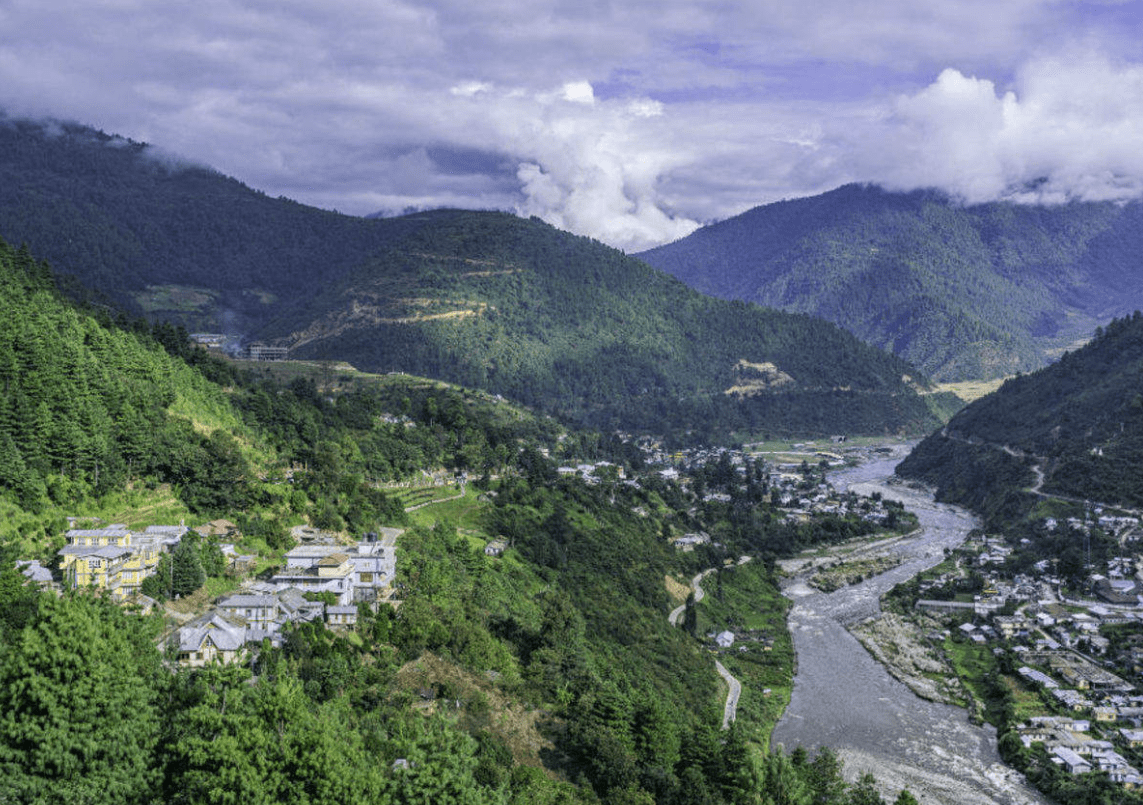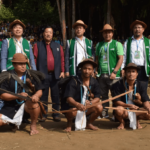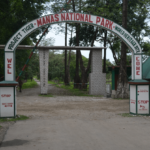Tawang Travel Guide : Tawang is a hidden gem, nestled in the western region of Arunachal Pradesh at an elevation of approximately 3500 meters above sea level. This area is rich in historical and natural significance. Its remote location might make travel seem challenging to some, but Tawang is undeniably one of the most picturesque destinations in the northeastern Himalayas. Surrounded by Tibet to the north, Bhutan to the southwest, and the Sela ranges to the east, Tawang boasts stunning natural features including glacial lakes and snow-capped peaks.
Historically known as ‘Mon-yul,’ or the land of the Monpa tribe, Tawang was originally settled by the Monpa people, who continue to form the majority in the region, except in Shyo village where Tibetan-origin individuals are predominant.
As the birthplace of the sixth Dalai Lama, Tawang holds significant importance for Tibetan Buddhists. The Tawang Monastery, established around 400 years ago, is a pivotal site for Buddhists.
Tawang Travel Guide
Tawang and Inner Line Permit
To visit Tawang or any part of Arunachal Pradesh, visitors are required to obtain an Inner Line Permit (ILP). This permit is a routine requirement for tourists and should not discourage anyone from visiting Arunachal Pradesh. ILP can be acquired from cities such as New Delhi, Kolkata, Guwahati, Shillong, Dibrugarh, Tezpur, North Lakhimpur, and Jorhat, and can also be obtained online.
How to Reach Tawang
Tawang does not have a railway or airport connection. The nearest domestic airport is in Tezpur (325 km away), while Guwahati (480 km) is the nearest international airport.
From Tezpur, you can travel to Tawang by bus, jeep, or private car, a journey that typically takes around 12 hours. Despite the challenging travel, the scenic beauty of the route, including stops at Bhalukpong, Dirang, and Bomdila, makes the trip worthwhile.
Places to See in Tawang
1. Tawang Monastery
The primary attraction in Tawang is the Tawang Monastery, also known as Gaden Namgye Lhatse. As India’s largest monastery, it stands grandly on a hilltop overlooking the district. Established in 1680 by Mera Lama, the monastery serves as a key center for Buddhist culture and tradition. It houses over 400 monks and features the Parkhang library, which preserves ancient manuscripts, along with a museum displaying religious artifacts from Tibet and Tawang.
2. Urgelling Monastery
This 400-year-old monastery is renowned as the birthplace of the sixth Dalai Lama. Although it was damaged during Mongol invasions and conflicts between Tibetans and Bhutanese, a portion of the monastery remains. The serene site is visited by few, and it is home to a sacred tree planted by the Dalai Lama VI, revered by locals.
3. Tawang War Memorial
Built to honor the soldiers who died in the 1962 Indo-China war, this memorial features a beautiful stupa and lists the names of 2420 Indian soldiers. It also preserves various war artifacts, serving as a testament to the bravery of the soldiers.
4. Nuranang Falls (Jang Falls)
Nuranang Falls, also known as Jang Falls, is a breathtaking waterfall plunging from 100 meters. Located about 2 km from the city near Jang village, it is one of the most impressive waterfalls in eastern India.
5. Sela Pass
Positioned on the route to Tawang, Sela Pass is one of India’s highest motorable passes at 13,714 feet. Stop here to rest and enjoy the panoramic views of snow-covered peaks and vibrant Buddhist prayer flags. A short distance further is the stunning Sela Lake.
6. Jaswant Garh
Located about 25 km from Tawang, Jaswant Garh is a war memorial dedicated to Rifleman Jaswant Singh Rawat of the 4th Battalion of Garhwal Rifles. Singh held off the Chinese army for 72 hours at an altitude of 10,000 feet during the 1962 war, earning a posthumous Mahavir Chakra. The site is named in his honor.
7. Lake Hopping
Tawang district features 108 lakes, each offering serene and picturesque views. Notable lakes include Sanget Sar Lake (Madhuri Lake), P.T. Tso, and Sela Lake. The crystal-clear waters and peaceful surroundings provide a refreshing experience for travelers.
8. Bumla Border
Beyond Tawang lies Bumla Border, an Indo-China border situated at 16,000 feet, about 37 km from Tawang. Indian nationals are permitted to visit this border post, where you can enjoy stunning scenery and friendly interactions with the army personnel stationed there. Don’t miss the nearby Tiger’s Nest Monastery, which should not be confused with its Bhutanese counterpart.
9. Zemithang Village
Zemithang Village offers a glimpse into the life and culture of the Monpa tribe. The Gorsam Stupa, a significant Buddhist pilgrimage site, is located here. Zemithang’s landscapes are lush and green, contrasting with Tawang’s terrain, making it worth a visit for a day.
Best Time to Visit
Tawang can be visited year-round, but it is best to avoid the monsoon season from July to September. Winters can be extremely cold, with temperatures dropping to -10°C at night, though mornings are milder. From April to October, you can experience a range of weather conditions, with April showcasing blooming flora and October offering clear skies ideal for viewing the lakes.
Where to Stay
Accommodation in Tawang includes a few basic hotels, budget options near the market, and government lodges. Ensure you have the necessary permits for your stay.
Explore Tawang, a pristine paradise with its Buddhist chants and tranquil monks. Enjoy the breathtaking views, immerse yourself in nature’s serenity, and experience the area’s unique wonders.
Some Tips
The journey from Tezpur to Tawang is long, so consider breaking it into two days. Bhalukpong (57 km from Tezpur), Bomdila (154 km), and Dirang (196 km) are notable stops along the way. Bhalukpong offers scenic views by the Kameng River, Bomdila has a monastery, and Dirang features apple orchards and attractions like a hot water spring and Kalachakra Gompa.
Staying overnight in one of these places while traveling to or from Tawang is highly recommended.


